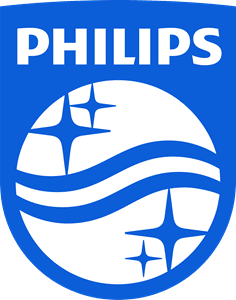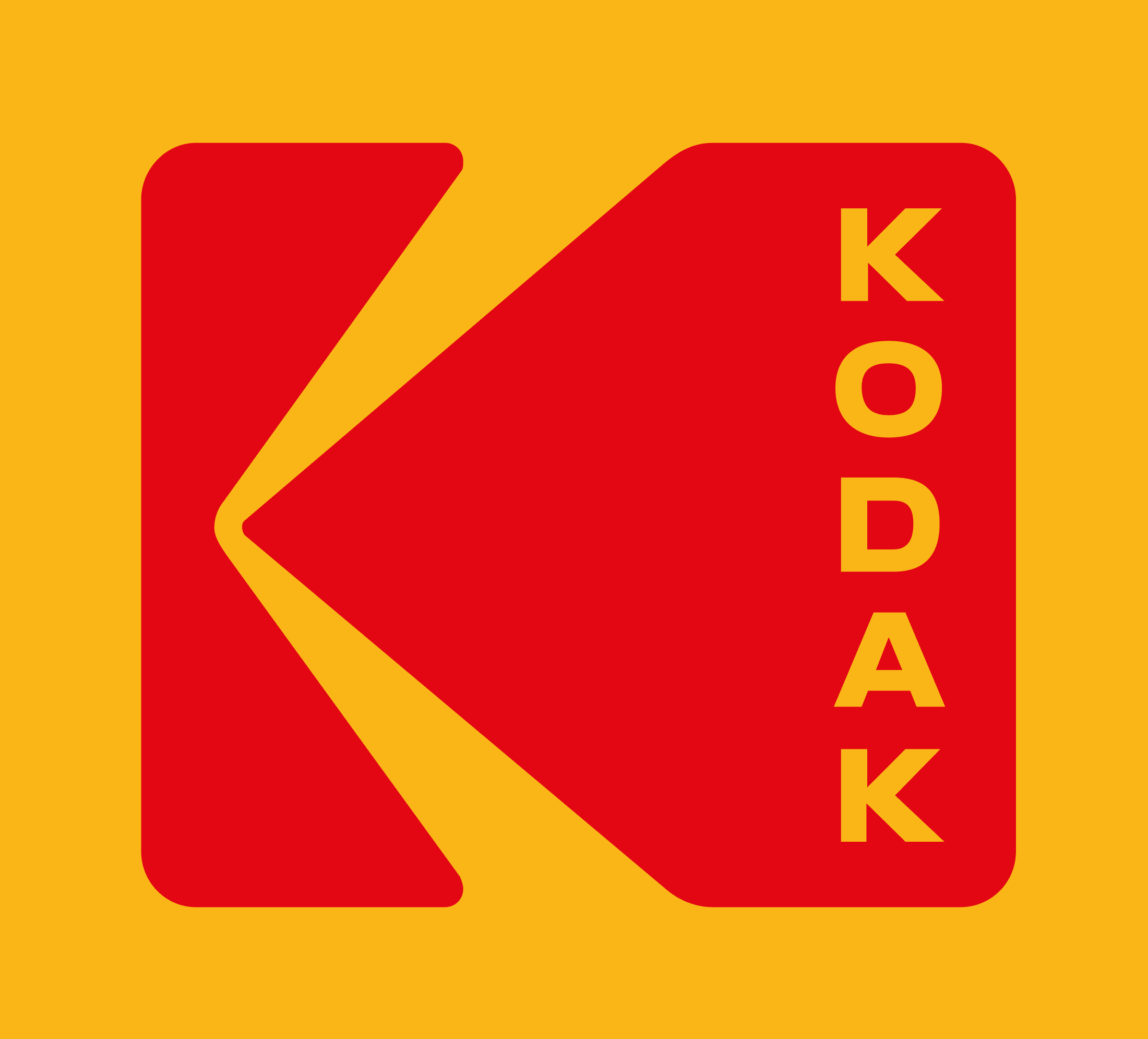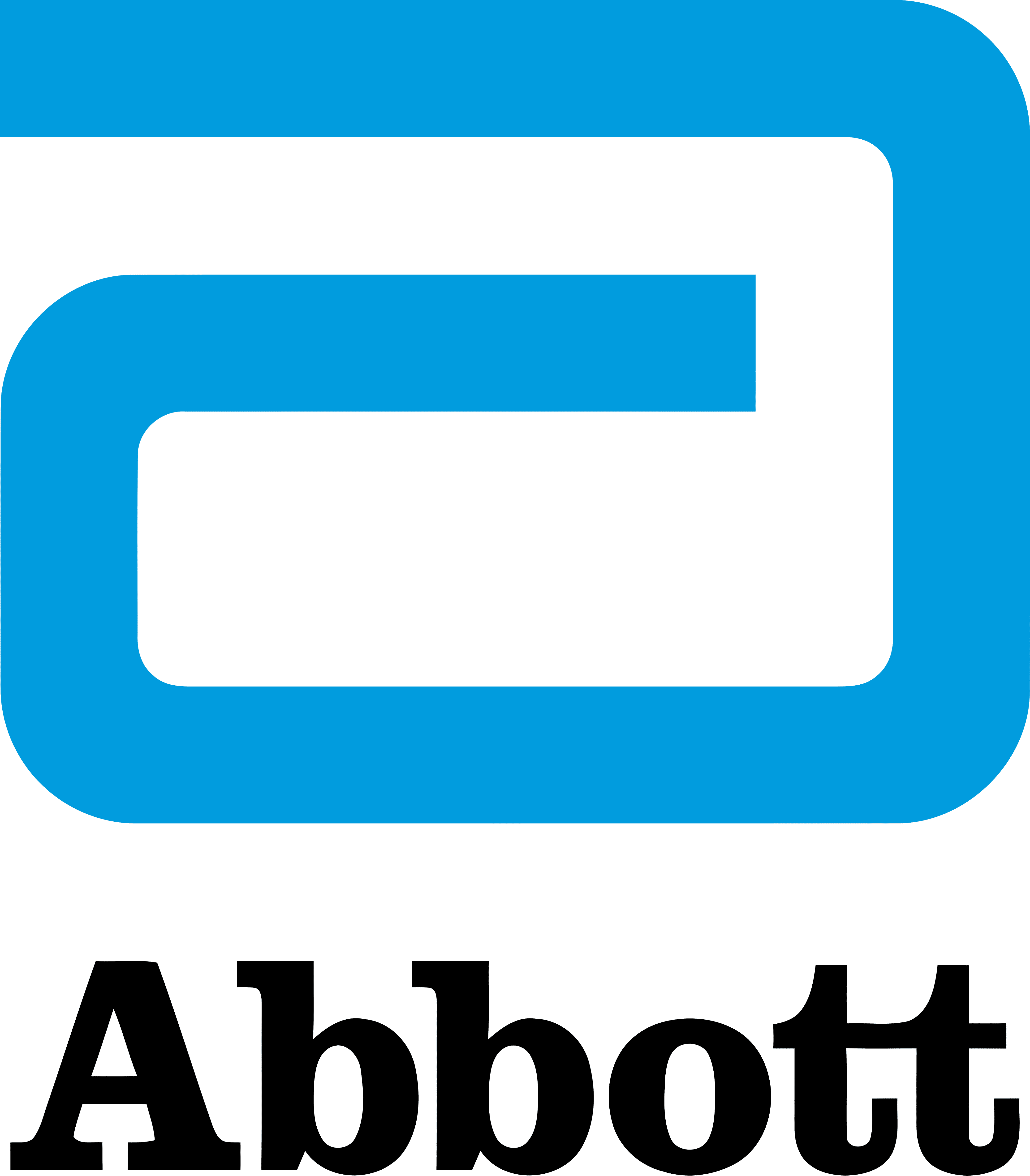
Optics, Vision Systems & Image Processing
The integration of optics, vision systems, and image processing technologies are revolutionizing the life sciences in areas including diagnostics, biological research, and quality and distribution. While these technologies are delivering unprecedented efficiency, traceability, and data analysis, it can be challenging to integrate these tools into your designs and complex manufacturing workflows.
Speak with an ExpertTrusted by leading brands
Learn more about our optics, vision systems & image processing capabilities
Ascential – Empowering Optics, Vision Systems & Image Processing Solutions
Ascential brings extensive knowledge of optical systems, machine vision, and artificial intelligence to assist in applications ranging from design, prototyping, manufacturing, and inspection. Whether you need assistance building or integrating workflows, selecting off the shelf, rugged, laser or microscopy components, or precision assembly, our experts can deliver with faster time-to-market and improved quality and compliance.

Integrating Optics into Workflows
Ascential helps you design workflows to realize your product vision. Our experts integrate cameras, metrology, and machine vision systems into a wide range of customer products at every volume and price point, from high volume consumer grade devices to highly specialized, small batch systems or manufacturing tools.
When custom components are required, our team is ready with deep expertise in design and development. They consider your unique use cases, performance requirements, and existing workflows to deliver intelligent solutions to your manufacturing challenges.
They also help you achieve seamless integration with other equipment and assist you in establishing standards for product metrology and inspection.
Component Selection
With a wide range of components including cameras, illumination, sensors, and non-imaging equipment, it can be difficult to choose the right equipment for your unique manufacturing process. Ascential has deep experience in the selection of Commercial Off the Shelf (COTS) components for conventional macroscopic machine vision projects, including cameras, lenses, and illumination systems.
Ascential supports a variety of use cases for these components, including:
- Quality inspection of in-house manufactured components, procured components, samples, and consumables (both inline and offline processing)
- Identification of specific types of received components for duplication or compatibility with the intended process
- Reading QR codes or barcodes
- Mechanical alignment and registration of objects for system processing or robotic handling


Industrial Grade Equipment
For more challenging environments, our experts work with customers to select ruggedized industrial grade components for machine vision applications. They work with COTS components that are suitable for use in industrial or mobile environments where they are subject to factors like vibration, noise, variable ambient lighting, and extended temperature range.
When more customization is required, our team can design components that take into account specific challenges related to temperature, vibration, mobility, and other environmental conditions. By integrating these custom components into workflows, Ascential helps you leverage the powerful capabilities of optics in any environment.
Software Integration for Machine Vision
In addition to component selection and workflow design, Ascential provides the software support needed to integrate machine vision into your application. The right software will allow you to control important elements of the system, such as:
- Inline non-contact metrology
- Automated defect inspection and component placement verification
- Shape based component identification
- Spectroscopic material verification
- Remote process monitoring and troubleshooting


Microscopy
Optics, especially microscopy, are critical for observing and analyzing biological specimens at the cellular and molecular levels. Ascential utilizes imaging systems that can handle specimen variability and provide accurate and consistent results.
Our work ranges from projects utilizing simple systems with a single objective, tube lens, or image sensor to more complex configurations for fluorescent or confocal imaging systems. Our experts excel at integrating these components into complex systems that may include sample and fluidic handling sub-systems. They work with customers to develop and qualify systems for these applications and transition them into manufacturing.
Non-Imaging Optical Systems
Non-imaging optics, also known as anidolic optics, is concerned with efficiently transferring light energy between a source and a target without forming an image. Unlike traditional imaging optics, where the focus is on creating a precise replica of the light source, non-imaging systems prioritize maximizing the amount of light delivered to the desired location.
Ascential develops non-imaging optical systems, delivering a complete design that includes selection of light sources and detectors, optical system layout, optomechanical design, and signal processing electronics as well as associated elements of the system. Ascential has supported projects for a variety of applications, including:
- Time-Of-Flight (TOF) systems for presence detection and metrology applications
- Optical Density (OD) measuring systems
- Optical metrology for dimensional measurements
- Particle counting systems using both scattered and fluorescent detection

Optomechanical Design and Manufacturing for Prototyping, Assembly, and More
Our collection of equipment and free-space optical systems is ideal for prototyping or small-scale manufacturing. Our experts leverage optics tables and breadboards, posts and mounts, kinematic mounts, lens tubes, sensor modules, power meters, stages, mirrors, and assorted lenses for rapid construction of Proof of Principle (PoP) experiments. Ascential also has various cameras and lenses, illumination sources, and laser sources enabling us to move quickly from prototype to PoP.
With capabilities in precision mechanical assembly of optomechanical components, Ascential offers optomechanical design for assemblies as well as development of jigs, fixtures, and other mechanical tooling. Our facilities enable you to harness the advantages and accuracy of optics and machine vision without added capital expenses.
Automated Inspection and Quality Management
Machine vision systems drastically improve operational efficiency and speed when used for inspection and control processes. Ascential designs fast, user-friendly systems and selects cameras that capture, interpret, and signal to a control system based on predetermined tolerances or requirements. These systems can be designed to identify defects in components and finished products as well as to check dimensions, volumes, and other quality measures.
Beyond identification of defects and anomalies, automated inspection systems can collect feedback and data from manufacturing processes. This data can be used to optimize the machine’s processing to deliver more consistent results or increased speed. When machine learning is applied, these systems can automatically identify and correct issues.
Our expert team designs automated systems using cutting-edge machine vision technology for unmatched speed and quality control.























































